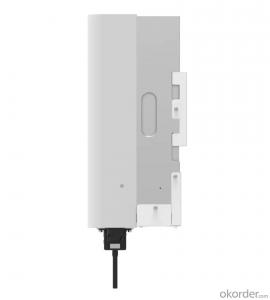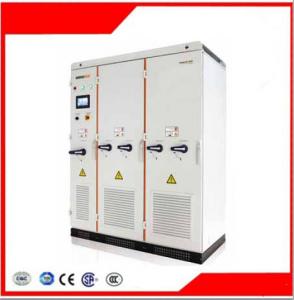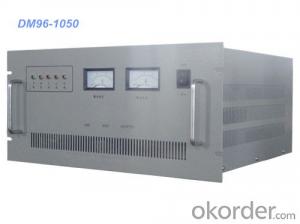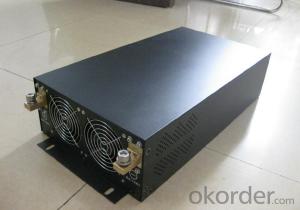Sukam Solar Inverter
Sukam Solar Inverter Related Searches
Su Kam Solar Inverter Sunshine Solar Inverter Solar Solar Inverter Samsung Solar Inverter Sun Solar Inverter Powmr Solar Inverter Japanese Solar Inverter Zamp Solar Inverter Solar Converter Inverter Solar Ark Inverter Solax Solar Inverter Uk Solar Inverter Solar Electric Inverter Solar Inverter Jumia Suntech Solar Inverter Solar Sma Inverter Solaris Solar Inverter Solar Inverter Turkey Solar Energy Inverter Sunpower Solar Inverter Smart Inverter Solar Invt Solar Inverter Solar Pump Inverter Solar Inverter Solax Solar Light Inverter Solis Solar Inverter Sma Solar Inverter Solar City Inverter Sunrun Solar Inverter Sma Solar Technology InverterSukam Solar Inverter Supplier & Manufacturer from China
Sukam Solar Inverter is a range of high-quality inverters designed to convert solar energy into usable electrical power for various applications. These inverters are engineered to provide reliable and efficient power conversion, ensuring optimal performance in solar power systems. They are widely used in residential, commercial, and industrial settings, catering to the growing demand for clean and sustainable energy solutions. The product line includes a variety of models, each tailored to meet specific power requirements and ensuring seamless integration with different solar panel configurations.The Sukam Solar Inverter is utilized in a multitude of scenarios, such as powering homes, businesses, and even off-grid applications. They are particularly useful in areas with limited access to traditional power sources, providing a reliable and eco-friendly alternative. These inverters are also employed in grid-tied systems, where excess solar power can be fed back into the grid, reducing electricity costs and contributing to a greener environment. The versatility of the Sukam Solar Inverter makes it a popular choice for those seeking to harness the power of the sun for their energy needs.
Okorder.com is a leading wholesale supplier of the Sukam Solar Inverter, boasting a vast inventory to cater to the diverse needs of customers worldwide. With a commitment to quality and customer satisfaction, Okorder.com ensures that each inverter is thoroughly tested and meets the highest industry standards. By offering competitive prices and a wide selection of models, Okorder.com has become a trusted source for those looking to invest in reliable and efficient solar power solutions.
Hot Products

















































